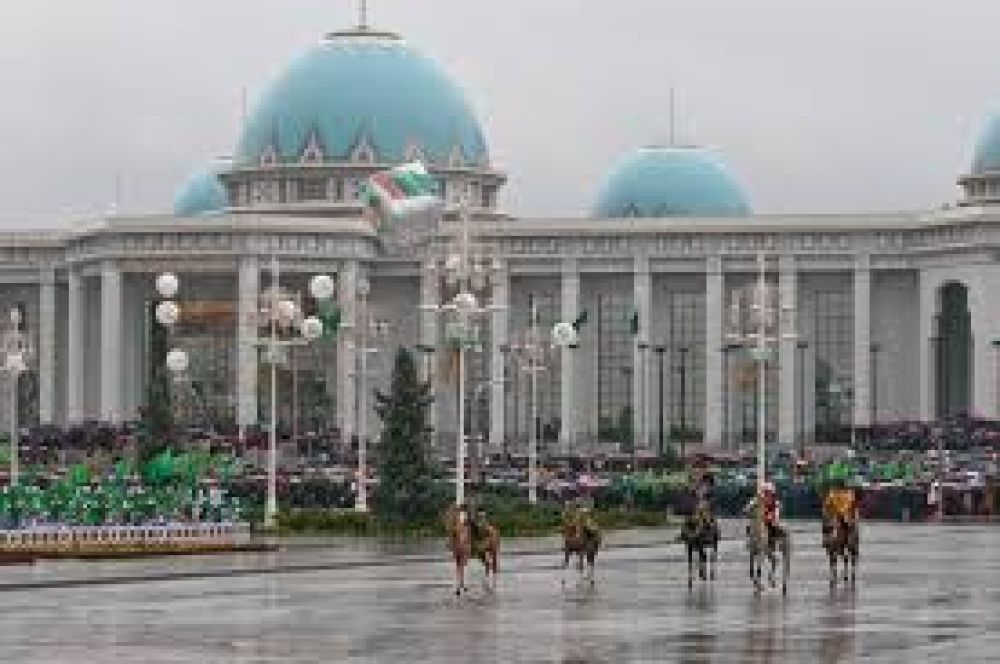Ruhyyet Palace, also spelled as Rukhiyet Palace, is a significant cultural and political venue located in the heart of Ashgabat, Turkmenistan. It stands as an emblem of the nation's rich traditions and modern aspirations.
History of Ruhyyet Palace
The Ruhyyet Palace has played a pivotal role in Turkmenistan's social and political life. Constructed in the late 20th century after Turkmenistan gained independence following the dissolution of the Soviet Union, the palace has become synonymous with the country's development. It was designed to host major events, congresses, and important political meetings, illustrating the new direction of Turkmen independence and national identity.
Tourism History
Tourism in Turkmenistan and particularly in Ashgabat, where the Ruhyyet Palace is situated, has been an evolving sector. Originally, the country's tourism industry started off slowly due to various restrictions and a lack of promotion. However, with the significant historical and cultural assets that the country possesses, interest in Turkmen tourism has gradually increased.
The Ruhyyet Palace became a prominent tourist attraction as visitors were drawn to its grand architecture and the cultural events held within. The palace is a shining example of the blend of Turkmen traditional design with modern architectural elements. Its increasingly open policy for visitors has made the palace more accessible to international tourists.
Latest Tourism Trend
The latest trend in the tourism sector of Ashgabat, and Turkmenistan, by extension, involves a drive towards showcasing the country's unique culture and history. Cultural tourism is becoming more popular, with visitors looking to experience authentic local traditions, cuisine, and arts. The government is taking steps to promote these aspects, along with improving tourist infrastructure, which includes better accommodations and travel facilities.
Additionally, with increasing global awareness about sustainable travel, Turkmenistan has the opportunity to promote eco-tourism. The country boasts diverse landscapes, including the Karakum Desert and the Kopet Dag mountain range, appealing to those seeking nature and adventure.
Sustainable practices are slowly being integrated into the tourism industry, with an emphasis on preserving the natural and cultural heritage of regions like Ashgabat for future generations. Tourists are being encouraged to engage with the environment responsibly, leaving a minimal footprint.
In conclusion, Ruhyyet Palace has been a cornerstone in the growth of tourism in Ashgabat, Turkmenistan, reflecting the country's past and its aspirations. The country's tourism trends are now leaning towards sustainability and cultural experiences, offering travelers a deeper understanding of this fascinating Central Asian gem.

